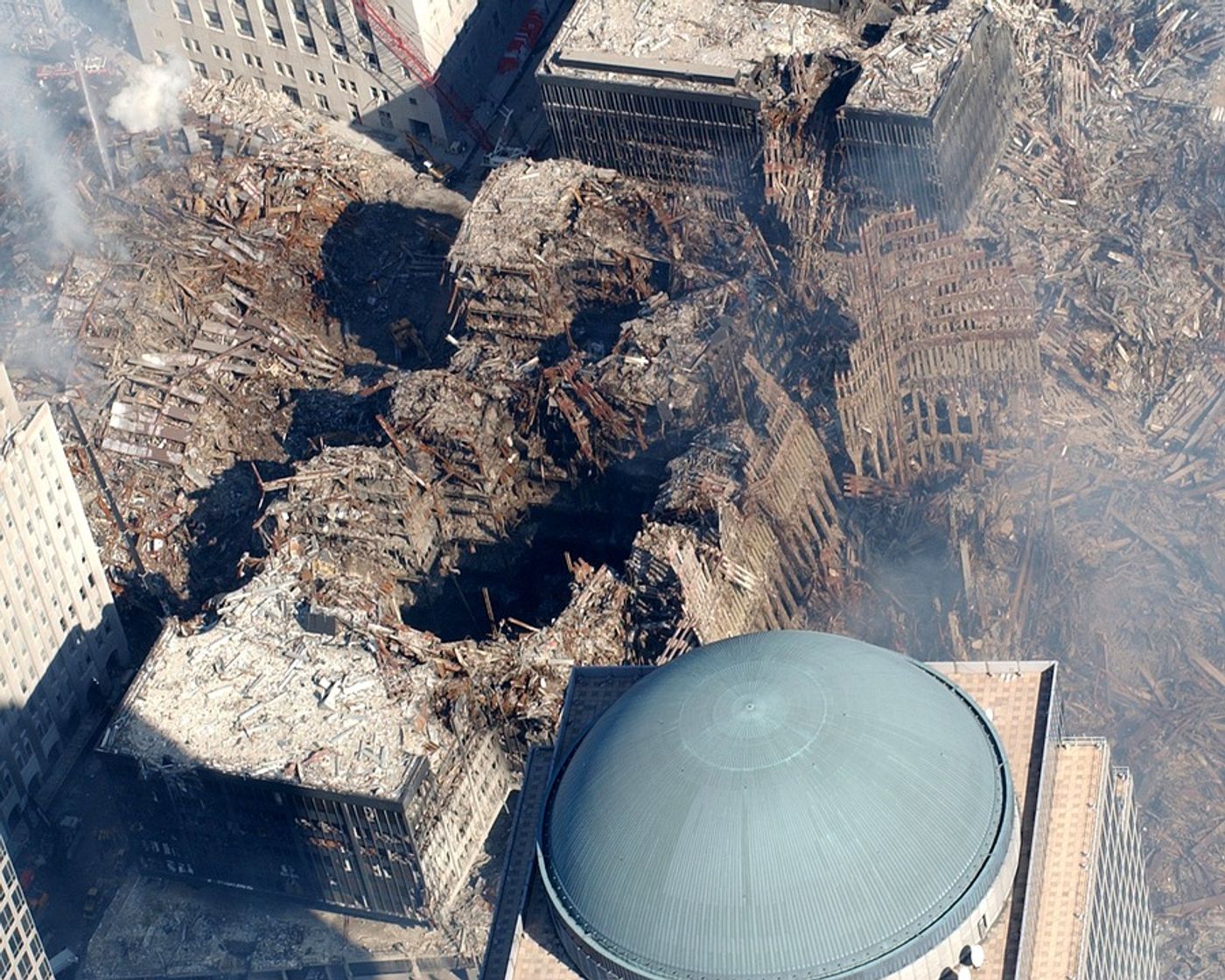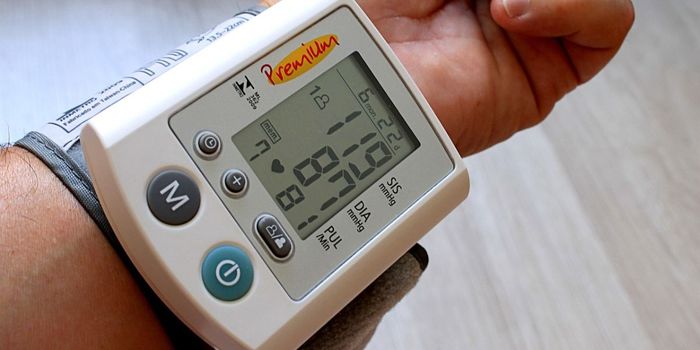9/11 Survivors At Enhanced Risk of Lung Disease, Heart Attack
A decade after terrorists attacked the World Trade Center towers in New York City and the Pentagon in Washington D.C. on September 11, 2001, scientists began to measure the health repercussions faced by survivors of the attack. Finally, the results of the study are coming out and being discussed by the New York City Department of Health and Mental Hygiene (DOHMH).
Burning debris and a subsequent dust cloud would have long-lasting effects on anyone it enveloped - passersby and rescue workers alike. Sustained physical injuries would maim some survivors for life. Experts from the NYC DOHMH aimed to pinpoint the precise health problems for which these individuals could be at risk, asking: What’s the connection between physical injury or acute exposure to dust and chronic disease a decade later?
8,701 participants volunteered for the study, with the most heavily exposed groups being area workers, rescue workers, passersby, and residents.
Several types of injuries were associated with an increased risk of angina or heart attack, including fractures, head injuries, sprains, and more. Angina is characterized by chest pain or discomfort associated with a lack of oxygen-rich blood pumping in the heart. However, it not considered a disease; rather, it is thought of as a symptom of an underlying heart problem. Additionally, scientists found that a person sustaining multiple injuries would be additionally at risk for these health problems.
Dust exposure, experiencing post-traumatic stress disorder (PTSD), or having been a rescue worker on 9/11 are all factors the findings linked to an increased risk of non-neoplastic lung disease, a risk which was exacerbated by a currently smoking status. Non-neoplastic lung diseases do not involve tumors and include asthma, interstitial lung disease, and pulmonary hypertension. Additionally, dust exposure was separately connected to an increased risk of asthma.
"Our findings indicate that intense exposure on a single day - the first day of the disaster - contributes substantially to the risk of developing chronic conditions,” explained corresponding author Dr. Robert Brackbill. The study was recently published in the journal Injury Epidemiology.
Sources: American Heart Association, Archives of Pathology and Laboratory Medicine, Biomed Central









